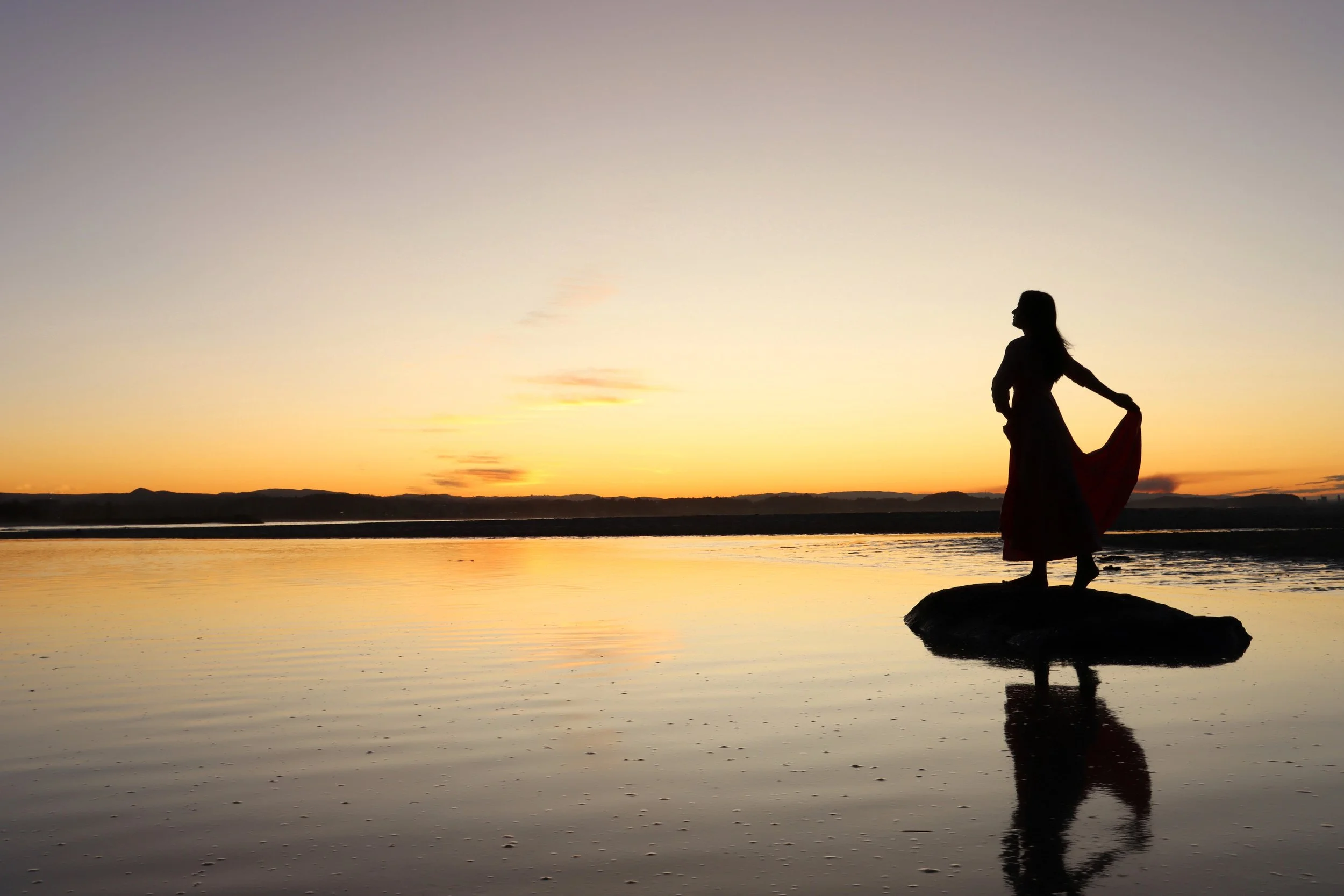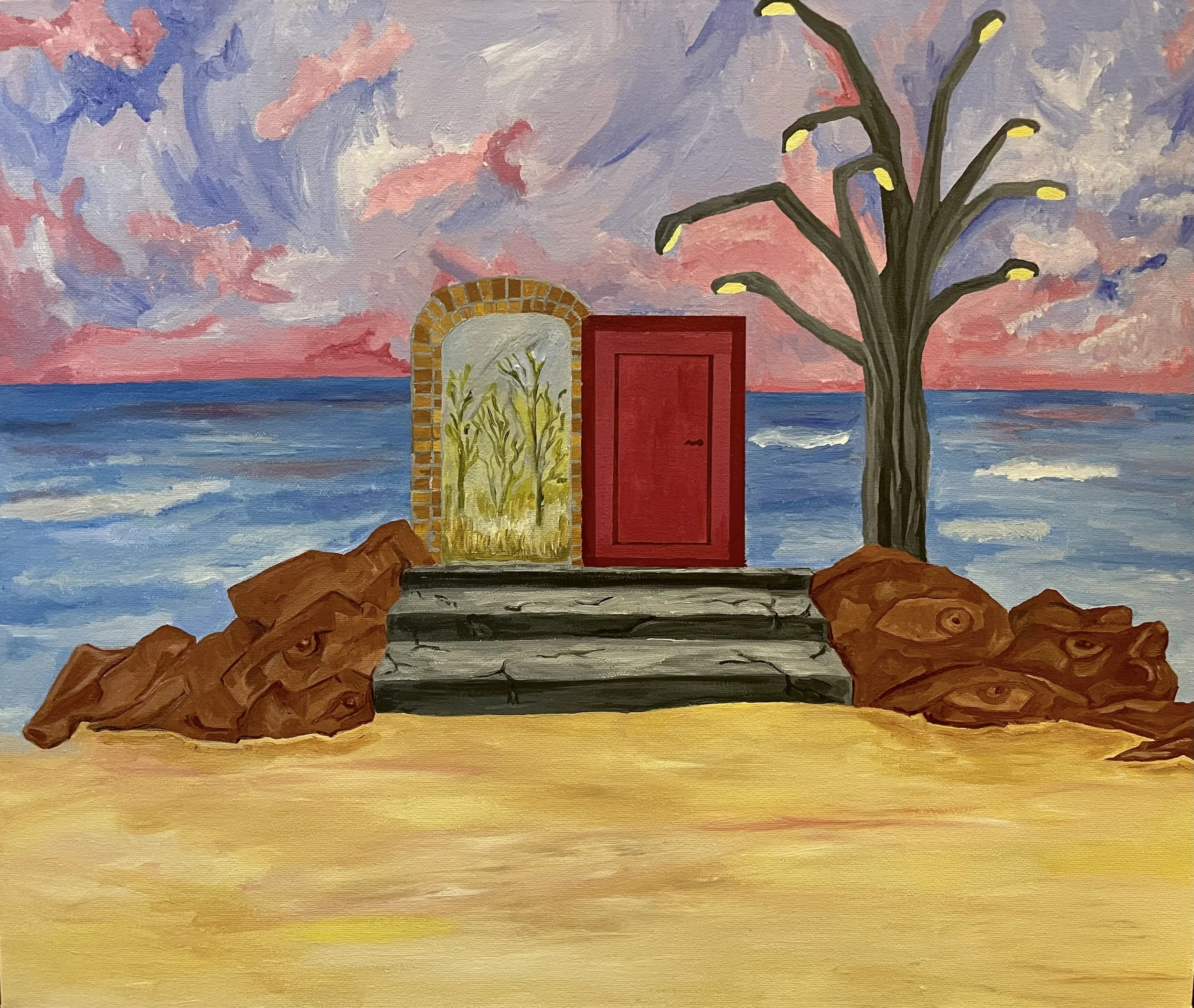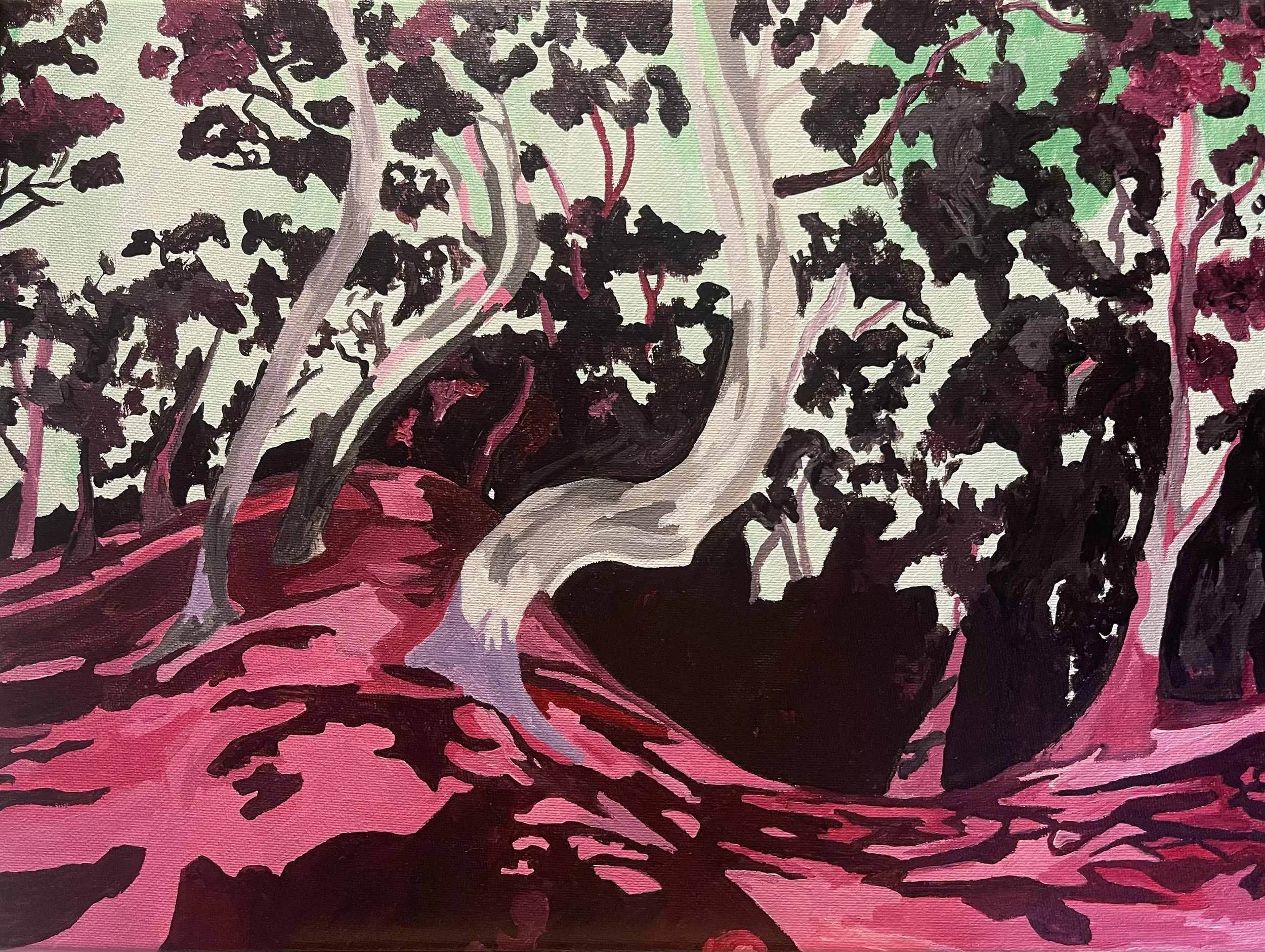Artist in conversation: Ethan Lam
“ I hope to continue to meet new people, hear their stories, experience new places and further explore the depths of human mind to reveal the connection between reality and imagined versions of reality resulting from ambitions, fears, and insecurities. ”
As a contemporary Australian artist, Ethan Lam primarily explores the human condition with a keen interest in unlocking the potential of the mind's subtle yet obvious influence on everyday decision-making. Central to his exploration is examining the impact of external forces on internal perceptions of reality and how these manifest within a person's subconscious and unconscious mind.
By integrating historical and modern methods of thinking about the world, Ethan formulates questions around life, purpose, and existence in the search for meaning. His creative process involves constructing compositions that communicate these ideas through the continuous deconstruction and reconstruction of natural and built environments, as well as the interpretation of common interactions. Through layering these pieces of information, he seeks to reveal and confront the psychological and physical layering of elements that create individual realities.
What initially inspired you to become an artist, and how did you develop your unique style?
I was inspired to become an artist from my mother who is an artist herself. She shared her love to nature with me and how a person could reflect this through their own vision onto the canvas. Being able to control and manipulate compositional choices provided to me with a great a sense of self, being able to show and express my vision of the world around me.
Do you have any rituals or routines that help you get into a creative mindset when starting a new project?
When starting a new artwork, I enjoy going for a hike or to the beach. The feeling of being surrounded by nature provides a sense of serenity that allows me to get in tune with my surroundings and be completely inspired by the beauty of the landscapes that Australia has to offer.
Are there specific themes, concepts, or mediums you aspire to explore in your future works, and how do you envision your art evolving over time?
Within the work I create, I am forever watching the space of how people interpret, feel about and are affected by time. This includes the changing societal standards, pressure of growing old and boundaries between what is real and imagined. I find the concept of dreams and how the world around us affects an individual’s inner-most thoughts fascinating. The connection between the mind and the manifestation of thought through a personal lens is multi-layered in rich thinking. I hope to continue to meet new people, hear their stories, experience new places and further explore the depths of human mind to reveal the connection between reality and imagined versions of reality resulting from ambitions, fears, and insecurities.
Are there specific emotions, thoughts, or reflections you aim to evoke?
In my artworks I try to reflect the internal narratives that play out within a person’s mind, influenced by people, nature, and time. I am a big believer in energy and feeling that location has the power to influence an individual’s emotional state of being. My aim is to engage my audience and have them reflect on their surroundings and how personal vision influences their perception; the story that unfolding in front of them.
Are there any particular artists or movements that have influenced your work?
Surrealism and Fauvism have always been influential in my conceptual approach to creating art. Surrealism’s vision of revealing the potential of dreams and their impact on a person’s conscious mind has always fascinated me. It inspired me to think about how the mind processes information and turns this into thoughts or emotions. Fauvisms extreme application of colour within their style of work aligned with this feeling of exploring one’s own vision and manifesting this onto canvas. Artist like John Rigby and André Derain were masters of applying this in their works. Charles Blackman, Peter Booth and George Grie have had a huge influence on the development of my own style and methods of creating compositions. Charles Blackman’s figurative style of painting the human form has long intrigued me as I find the less detailed depictions illustrate thoughtful expression that engage audiences on new level. While Peter Booth’s harsh depiction of reality and use of impasto paint invites me into another world. This is in contrast with the surreal images by Grie that creates an alternate reality of escapism and wonder with beauty found in his find detail and smooth finish to his works.
How do you incorporate feedback from critics and audiences into your artistic practice, and how do you balance this feedback with your own artistic intuition?
Feedback is important as it challenges me to reconsider the complexities between chosen imagery and the communication of meaning to audiences. It gives me the opportunity to reflect on my artistic practice and vision. Balancing feedback with my own artistic vision assists me to grow creatively.
How do you stay motivated and inspired despite any setbacks or creative blocks you may encounter?
I often find sitting down and reading a book, watching a movie or going for a long walk, taking as many photos as possible of my surroundings can help clear my mind and refocus me. Thinking about a topic of interest and then doing one of these activities has helped me move past many creative blocks before. I also work on many different artworks at the same time and by moving from one to another it assist me to clear my mind and it generates new ideas.
How do you feel about exhibiting your artworks with The Holy Art Gallery?
I am very excited to be exhibiting with The Holy Art Gallery having followed their Instagram page for a while now. When I saw an opportunity arise with the gallery, I knew I wanted a chance to get involved.
Looking ahead, what are your long-term goals and aspirations as an artist, and how do you plan to achieve them?
Thinking about long-term goals when it comes to creating art, I aim to continue to build bodies of work and to share my vision across a broad spectrum of people. I plan to continue to exhibit and connect with other creative people and opportunities to achieve this reach and hopefully expand my ability to collaborate on new projects.
What role does emotion play in your creative process, and how do you aim to evoke specific feelings or reactions from those who view your artworks?
Emotions play an important part in my creative process. My reaction to everyday situations, feelings and immediate surrounding act as the foundations of how ideas for artworks come about. When I think of the basic idea of an artwork or series of works, it is often in reaction to emotions I felt in specific places, around certain people or had in a particular situation. I think without the emotions behind the work, it would be difficult to find the motivation to keep pushing an idea towards further resolution from the basic and raw ideas found in the ideation stage of the making process. I don’t expect an audience to view my works and feel exactly the same way I did when making the piece but rather form their own interpretation of the narratives unfolding within my compositions based on personal experiences.







